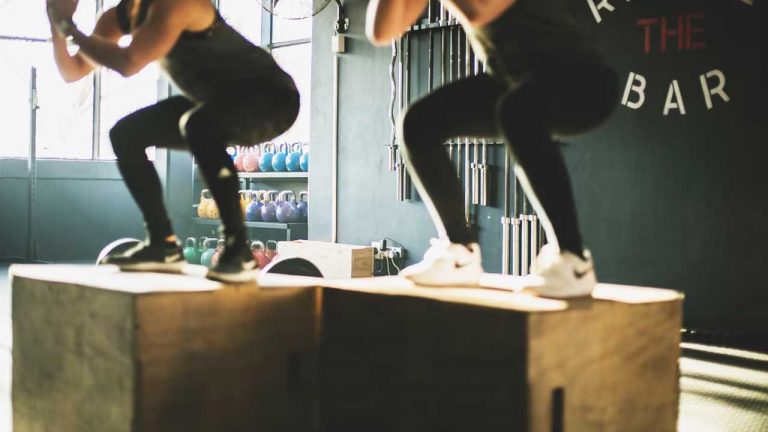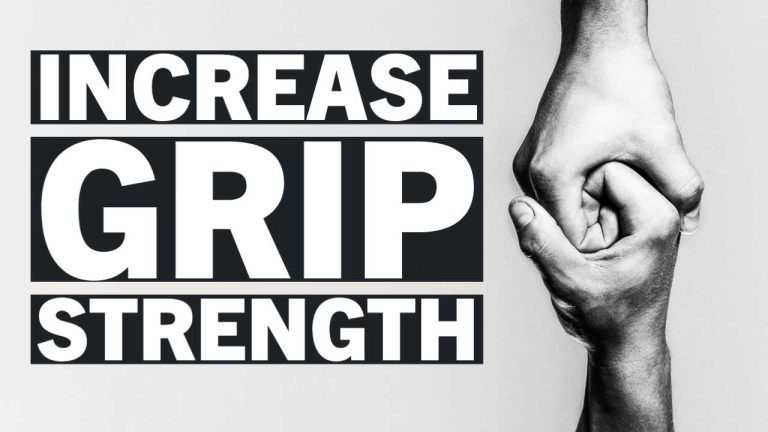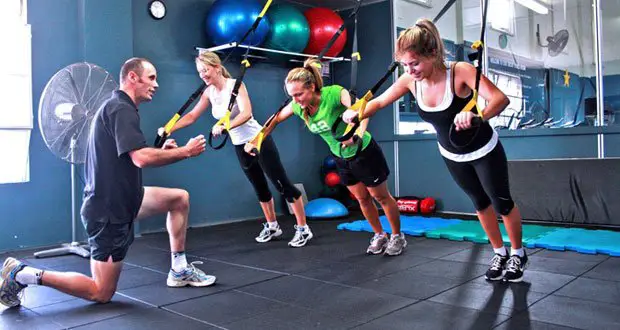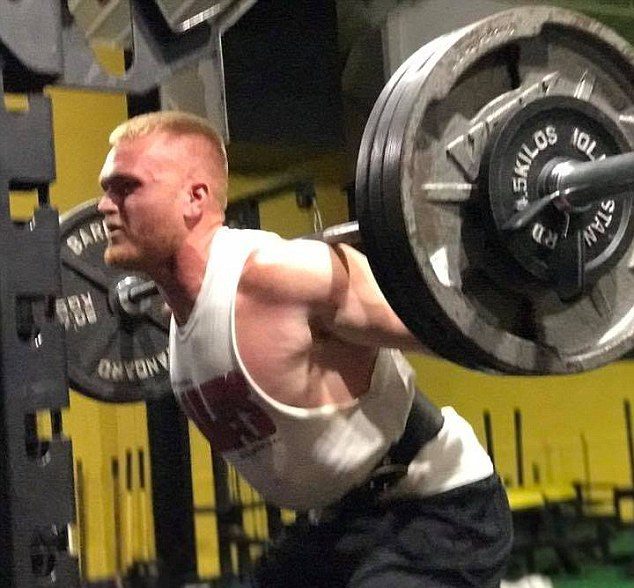Are Sore Muscles a Good Sign? Understanding the Benefits of Post-Workout Pain

ListedFit is reader-supported. When you buy through links on our site, we may earn a small commission.
Have you ever felt discomfort and pain in your muscles after a workout session? You’re not alone! Many people experience this phenomenon, commonly referred to as “delayed onset muscle soreness” (DOMS).
But are sore muscles a good sign, or should you be worried about it? In this article, we will explore the benefits of post-workout pain and why it can be considered a positive indicator of your fitness progress.
Table of Contents
What is Delayed Onset Muscle Soreness (DOMS)?
Delayed onset muscle soreness is the pain and discomfort that occurs in the muscles after physical activity, especially after starting a new exercise routine or increasing the intensity of your workouts.
The soreness usually starts 24 to 48 hours after exercising and can last for a few days.
Why Do Muscles Get Sore After Exercise?
The main cause of DOMS is microscopic damage to the muscle fibers. When we engage in physical activity, especially if it’s new or intense, our muscles are subjected to stress and strain. This damage triggers inflammation and the release of chemicals that cause pain and discomfort.
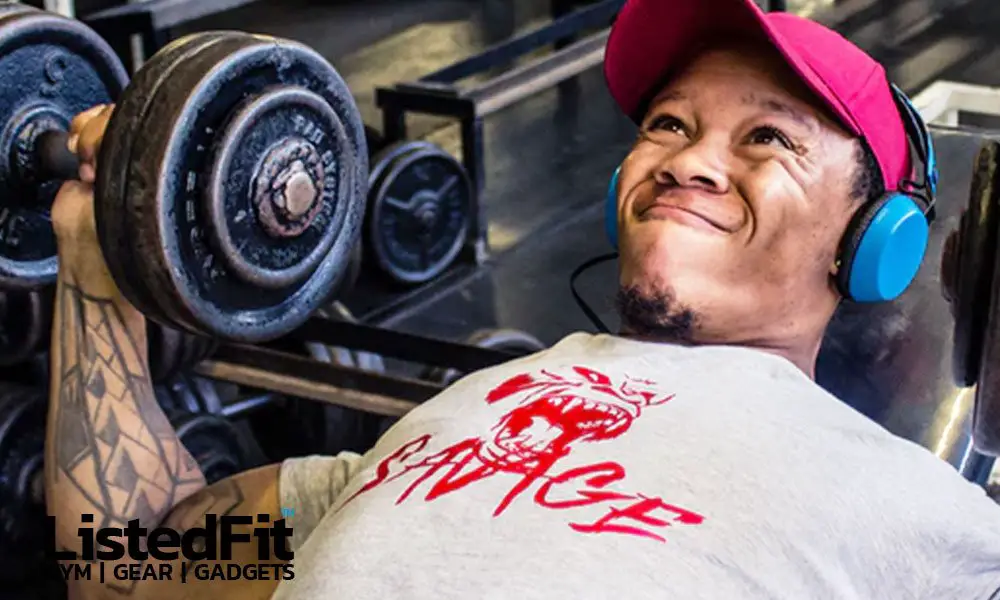
The Benefits of Sore Muscles
Contrary to popular belief, sore muscles are not a sign of injury or weakness. Instead, they are a sign that your muscles are adapting and becoming stronger. Here are some of the benefits of post-workout soreness:
- Indicator of Progress: Sore muscles can be seen as a badge of honor, indicating that you are pushing your limits and making progress in your fitness journey.
- Encourages Muscle Growth: The microscopic damage to the muscle fibers triggers a repair process that leads to muscle growth and strengthening.
- Increases Endurance: By exposing your muscles to new and intense exercises, you are improving their endurance and ability to perform in the future.
- Boosts Immunity: Exercise, including the stress and strain it places on your muscles, can boost your immune system and improve overall health.
How to Alleviate Sore Muscles
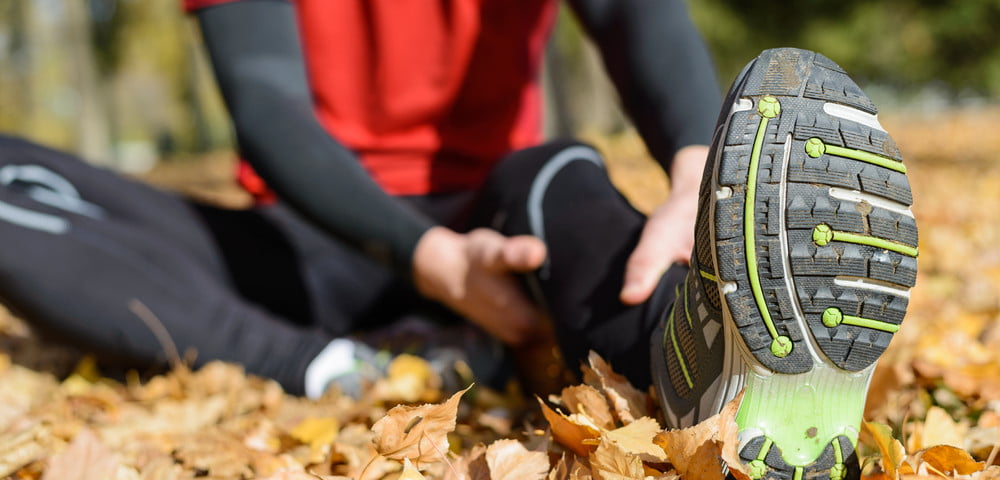
Although post-workout soreness is a good sign, it can still be uncomfortable and hinder your daily activities. Here are some tips to help relieve the pain:
- Rest and Ice: Taking a break from exercise and applying ice to the sore areas can help reduce inflammation and pain.
- Hydrate: Drinking plenty of water can help flush out the chemicals responsible for soreness and improve recovery.
- Stretch: Gentle stretching and foam rolling can help improve circulation and relieve tension in the muscles.
- Take an Anti-Inflammatory: Over-the-counter pain relievers, such as ibuprofen, can help reduce inflammation and relieve pain.
Are Sore Muscles a Good Sign? FAQs
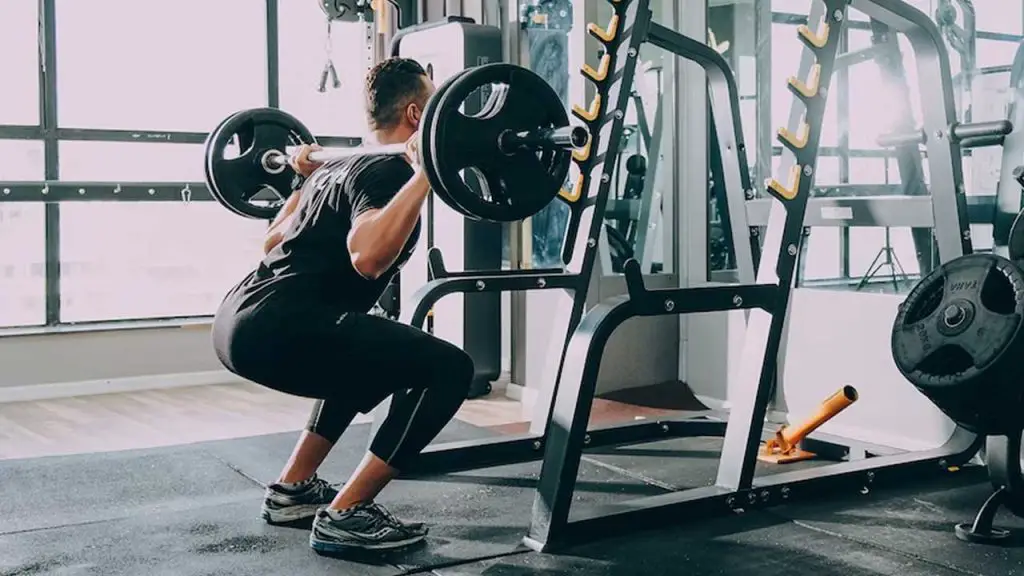
Q: Is it okay to work out when my muscles are sore?
A: Yes, it is okay to workout when your muscles are sore, as long as the pain is not severe and you don’t experience any sharp or shooting sensations.
Gentle exercise, such as stretching and foam rolling, can help relieve soreness and improve recovery.
Q: How long does it take for sore muscles to go away?
A: The duration of post-workout soreness varies from person to person, but it typically lasts for a few days. If the pain persists for longer, it may be a sign of injury and you should seek medical advice.
Q: Can I prevent sore muscles from happening?
A: While it’s not possible to completely prevent sore muscles, there are steps you can take to minimize the risk.
These include gradually increasing the intensity of your workouts, properly warming up before exercising, and incorporating stretching and foam rolling into your routine.
Conclusion: Are Sore Muscles a Good Sign?
In conclusion, sore muscles after exercise can be considered a good sign, indicating progress in your fitness journey and triggering adaptations that lead to muscle growth and improvement.
However, it’s important to listen to your body and take steps to alleviate the pain, such as rest, hydration, and stretching. By understanding the benefits and managing the discomfort, you can make the most of your workout and achieve your fitness goals.
Author
Latest entries
 FitnessAugust 19, 2023Yohimbe vs Yohimbine: A Quick Comparison Guide
FitnessAugust 19, 2023Yohimbe vs Yohimbine: A Quick Comparison Guide AshwagandhaJune 16, 2023Is Ashwagandha Good for Working Out? Key Benefits Explored
AshwagandhaJune 16, 2023Is Ashwagandha Good for Working Out? Key Benefits Explored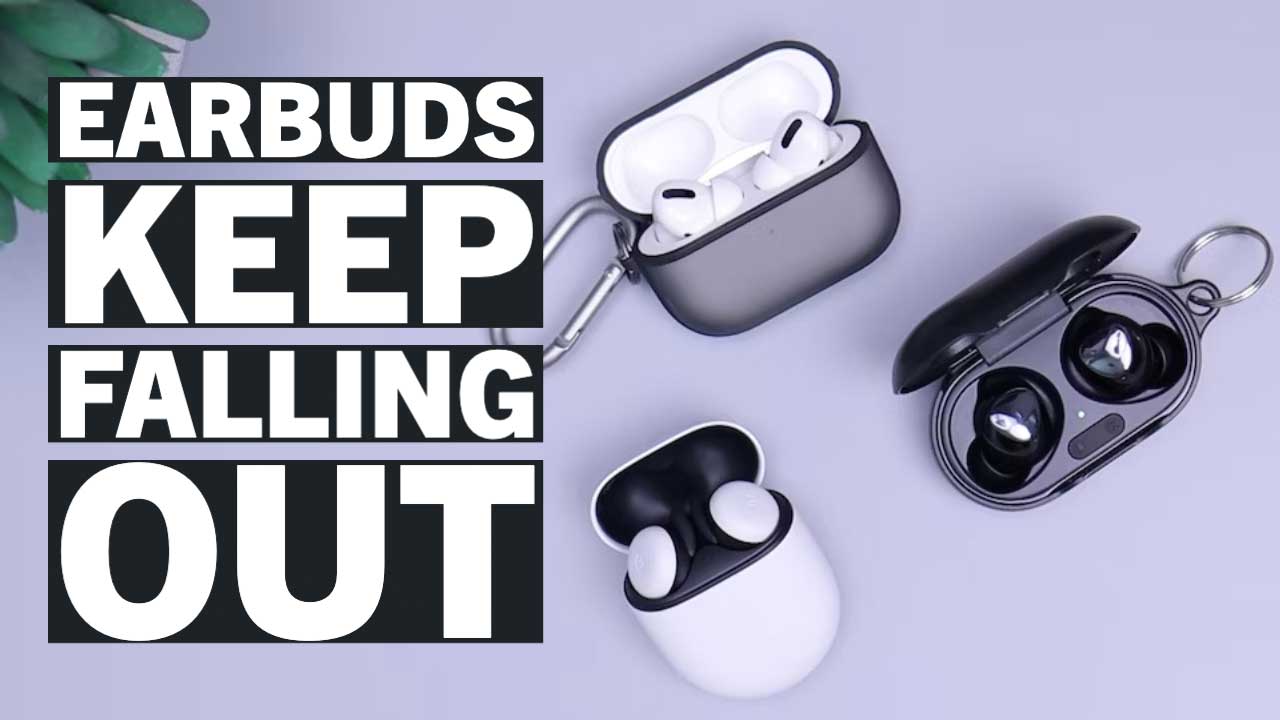 Sports HeadphonesMay 25, 2023Why Your EarBuds Keep Falling Out – Quick and Easy Solutions
Sports HeadphonesMay 25, 2023Why Your EarBuds Keep Falling Out – Quick and Easy Solutions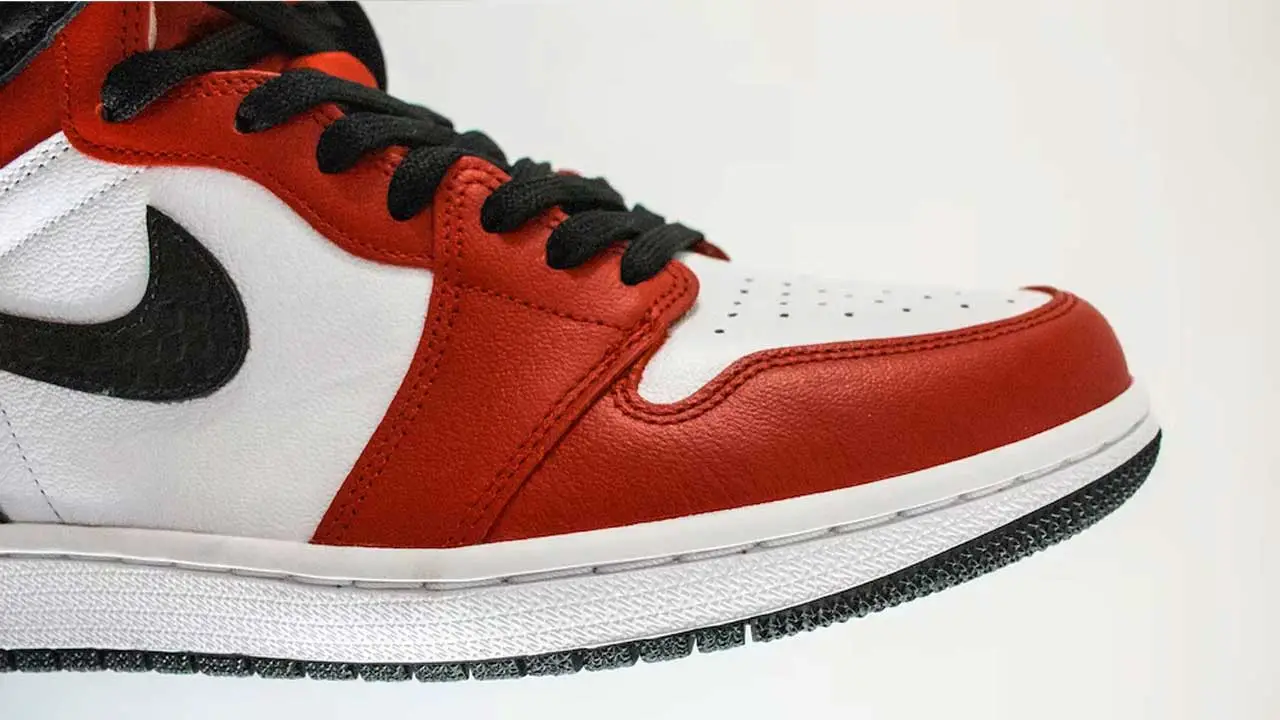 Nike ShoesMay 12, 2023Do Nikes Run Big or Small? Decoding the Perfect Fit
Nike ShoesMay 12, 2023Do Nikes Run Big or Small? Decoding the Perfect Fit
Affiliates:
This post may contain affiliate links that at no additional cost to you, the site may earn a small commission. We only recommend products we would use ourselves and all opinions expressed on this site are our own.
General Advice:
The information provided in this article is for general informational purposes only. It is not intended as a substitute for professional advice. Always consult with a qualified healthcare professional before starting any new diet, exercise program, or making changes to your health routine.
Accuracy Advice:
While we strive to provide up-to-date and accurate information, the content in this article may not reflect the most current research or medical guidelines. We encourage readers to do further research and consult with professionals for more personalized advice.
Our Recommendations:
The products and services mentioned in any of our articles are recommended based on our independent research and personal experience. We are not sponsored by any company. We aim to suggest products and services we believe are of high quality and could be beneficial to our readers.



